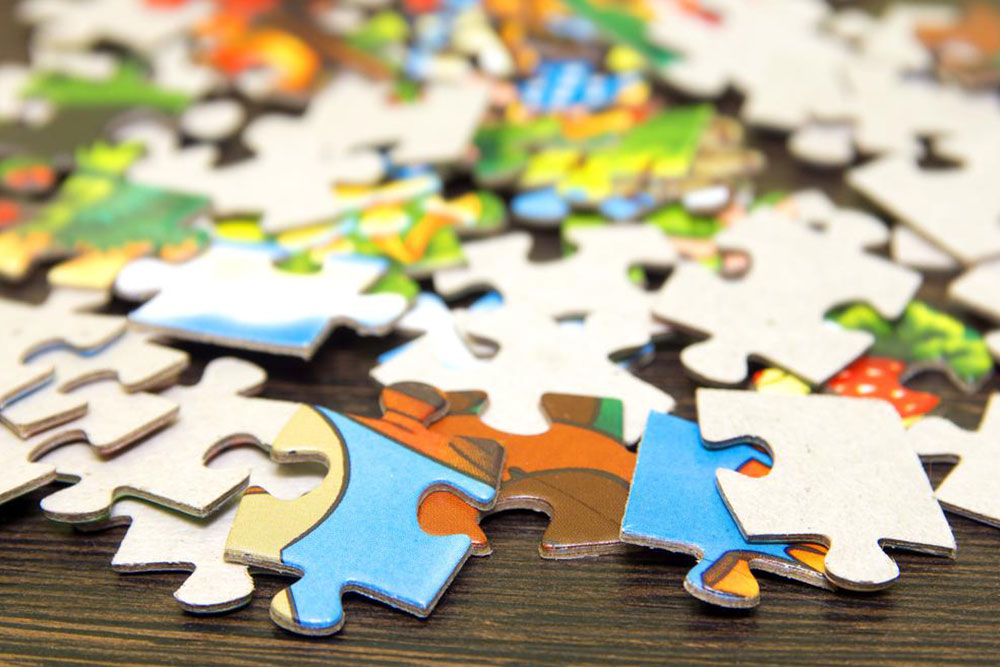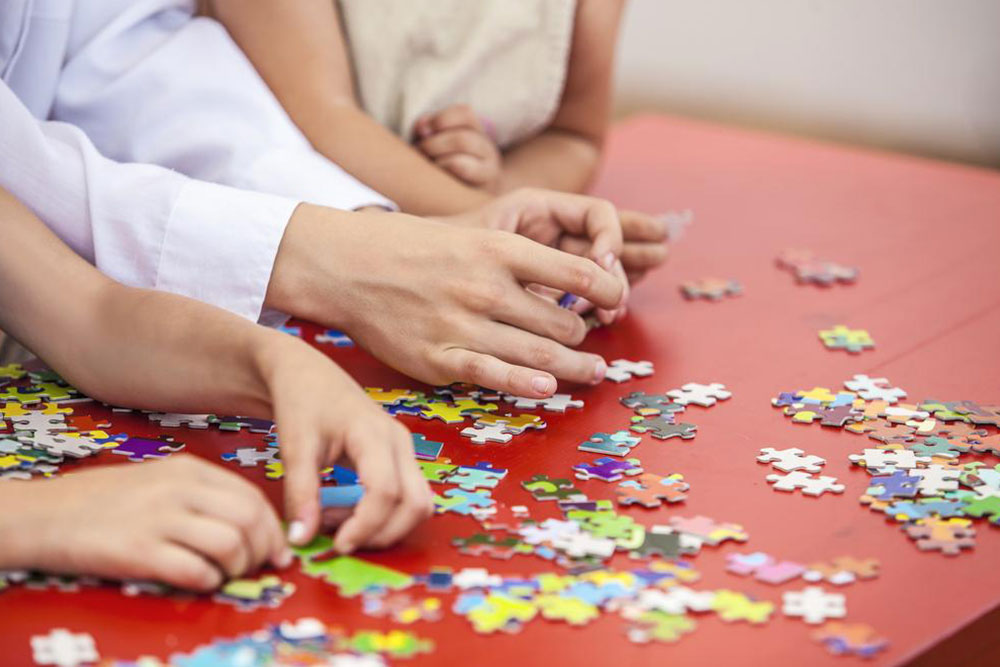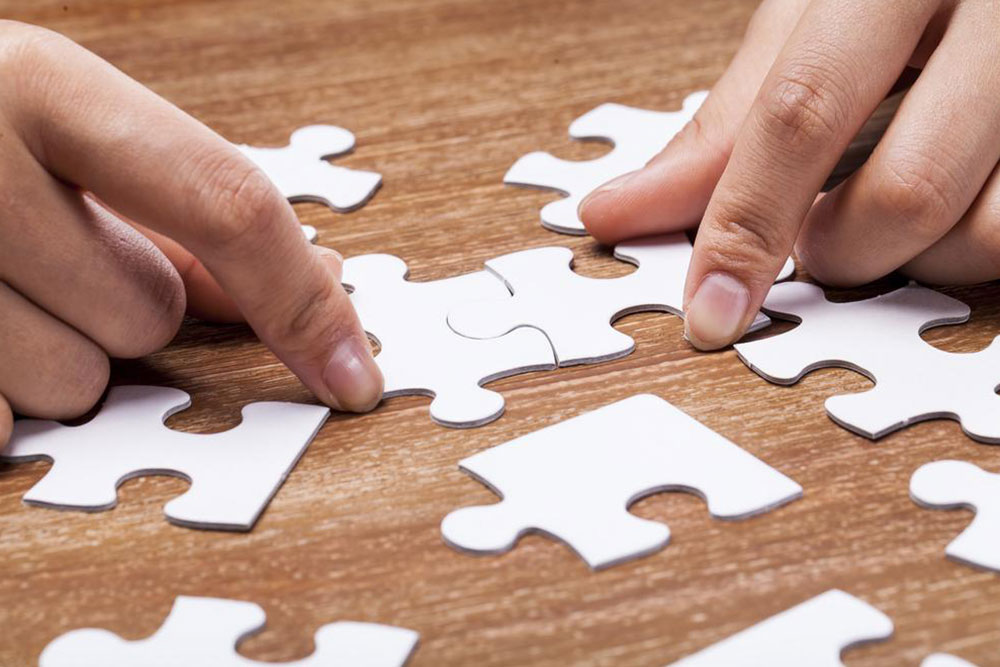Exploring Various Types of Brain Teasers
This article explores the different types of puzzles, including word, logic, pattern, and cryptic puzzles. It highlights their history, classifications, and significance in enhancing cognitive skills. With an emphasis on digital growth, the piece underscores how puzzles continue to evolve as engaging entertainment tools suitable for all ages.
Sponsored

Engaging in puzzles is an excellent way to enhance reasoning skills and strategic thinking. The core objective of puzzles is to assemble or solve challenging pieces, sometimes within a time limit. They come in diverse formats, often themed around stories or concepts. Puzzles have been a popular form of entertainment since 1760 when John Spilsbury crafted the first jigsaw puzzle. He carved a map of his country into a wooden board, cutting along regional borders to create a puzzle that could be reassembled as a map.
Puzzles are classified into numerous categories, many of which have developed over the years. Common types include construction, stick, transportation, lock, folding, and mechanical puzzles.
A detailed classification includes:
Word Puzzles: These challenge language proficiency and vocabulary. Mastery of language makes solving word puzzles easier. Classic examples include crosswords, trivia, and word searches.
Logic Puzzles: These puzzles involve a set of rules requiring strategic planning and reasoning to solve grids or problems. They demand foresight and careful analysis, gaining popularity as difficulty levels increase.
Pattern Puzzles: More than casual puzzles, these involve logical reasoning to identify a pattern, with each puzzle having a specific correct answer that reveals a particular sequence or trend.
Cryptic Puzzles: Known for their complexity, cryptic puzzles are crafted using intricate mechanics that often require multiple attempts to decode. Their vague design makes them some of the most challenging puzzles to solve.
Generally, puzzles are created to entertain and challenge the solver, with each puzzle designed to have a single definitive solution. Whether in print or digital mediums, digital puzzles are increasingly popular due to their accessibility and variety.





